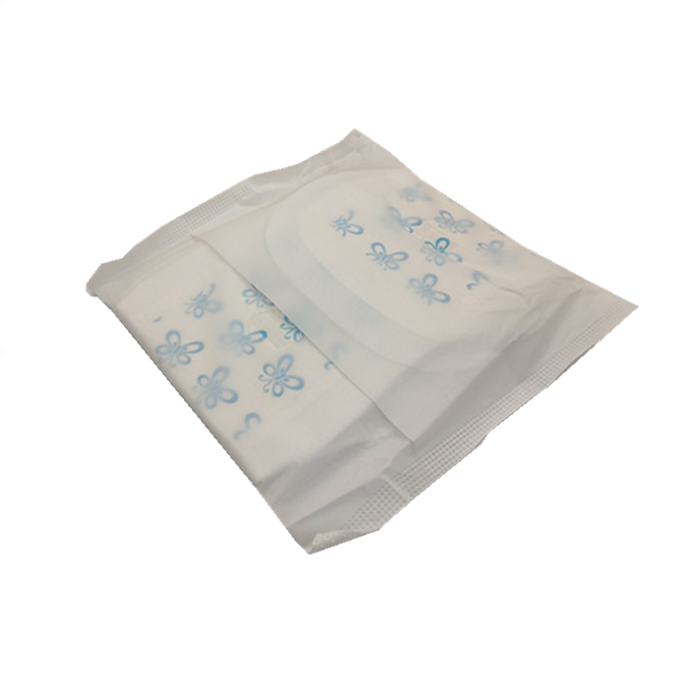In recent years, the growth of China’s per capita GDP and the change of the new generation’s living habits have promoted Brazil’s export of pulp to China. In the first 10 months of this year, Brazil exported 5.7 million tons of cellulose to China, compared with 1.8 million tons in the same period in 2012.
China’s demand for health care products increases
The Brazilian website UOL reported on November 17 that one of the reasons for the increase in Chinese consumption of pulp is the change of sanitary habits, such as the wide use of diapers, sanitary napkins and double-layer or multi-layer toilet paper. “China’s new generation has higher requirements for personal care products and consumes a lot of westernized products,” said Paulo Chen, a 63 year old Chinese. He was born in Pingtung, Southern Taiwan, and lived in Recife for 50 years.
According to the data of the world bank, China’s per capita GDP has increased exponentially since 2000, jumping from US $959 in 2000 to US $10500 in 2020. Daniel Sasson, an agricultural trade analyst at ITA ú BBA, said: “this growth has driven China’s demand for Brazilian products, mainly from agriculture and mining.”
According to the data of Brazil’s Ministry of agriculture, animal husbandry and supply (mapa), 36.33% of Brazil’s agricultural exports were destined for China in 2021. Forestry products (cellulose, paper and rubber) are Brazil’s third largest export agricultural products. The first two are soybeans and meat, and China is also the largest buyer. In terms of cellulose alone, 40.8% of Brazil’s exports went to China in October this year. China uses this cellulose to make all kinds of sanitary products, from sanitary napkins to wet napkins, disposable diapers and so on.
Sustainability is the future development trend
Daniel Sasson believes that in the next few years, the demand for Brazilian cellulose will grow and be used to manufacture toilet paper and other products, such as wrapping paper instead of plastic, because the world is looking for sustainable products. On the other hand, he predicted that the demand for printed paper would decline, because as COVID-19 stopped printing, digitalization spawned the accelerated use of electronic documents.
According to the data of Brazilian Plantation Industry Association (IBA), Brazil has a total plantation area of 9 million hectares, and another 5.9 million hectares are used for permanent reserves, statutory reserves and private natural heritage reserves. Data from the Brazilian Ministry of agriculture show that the production rate of Brazilian forest products is also accelerating. In 2012, the output of forest products was 14.2 million tons, increasing to 27 million tons in 2020, an increase of 190%. From 2012 to 2020, Brazil produced 211 million tons of forest products, of which 24.8% (52.3 million tons) were bought by China.
Wilson Andrade, executive chairman of the Bahia forest products Enterprises Association (AbaF), observed that the demand for forest products is also growing not only in the Chinese market, but also in Europe and the United States, which is due to the reduction of petroleum products, such as plastics. “The forestry sector produces more than 5000 different products. The epidemic has accelerated the use of some products, such as paper packaging used in meal delivery services,” he said.
In addition, Andrade also emphasized the sustainability bias of forest product production chain. According to the Brazilian Plantation Industry Association, the Department voluntarily adopts the certification plan to ensure the traceability and responsible origin of its products, and has a number of international certifications, including forest management committee (FSC) certification, international organization for Standardization (ISO) certification, etc.
Post time: Nov-30-2021

